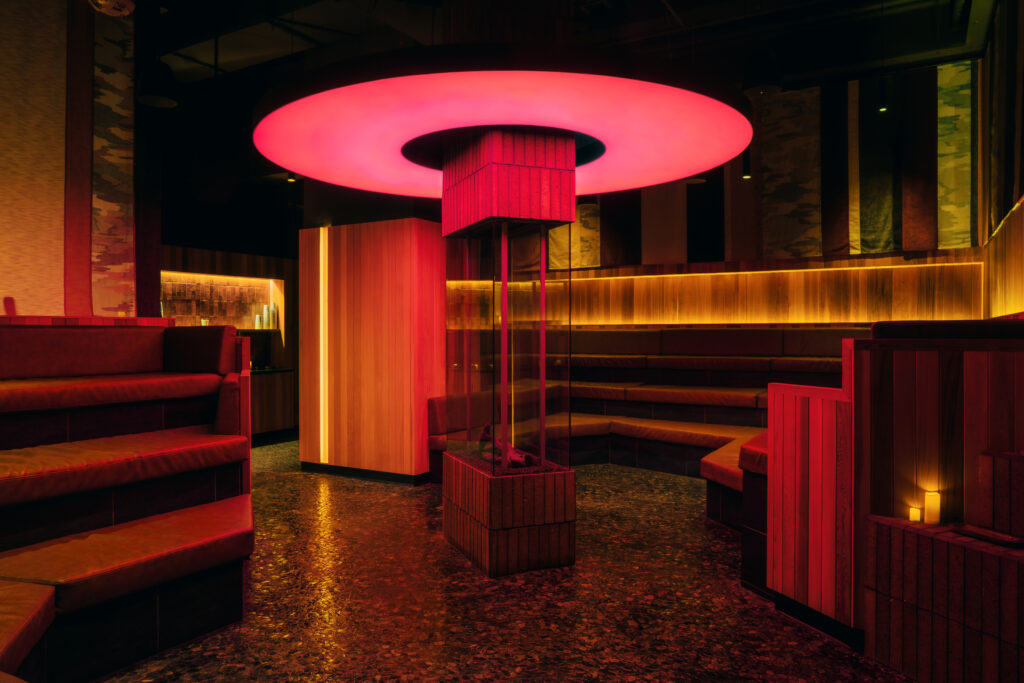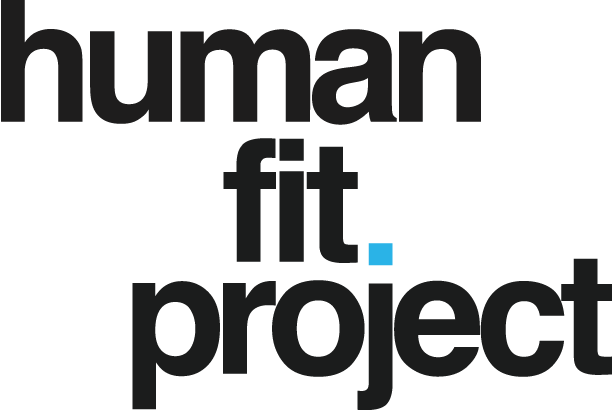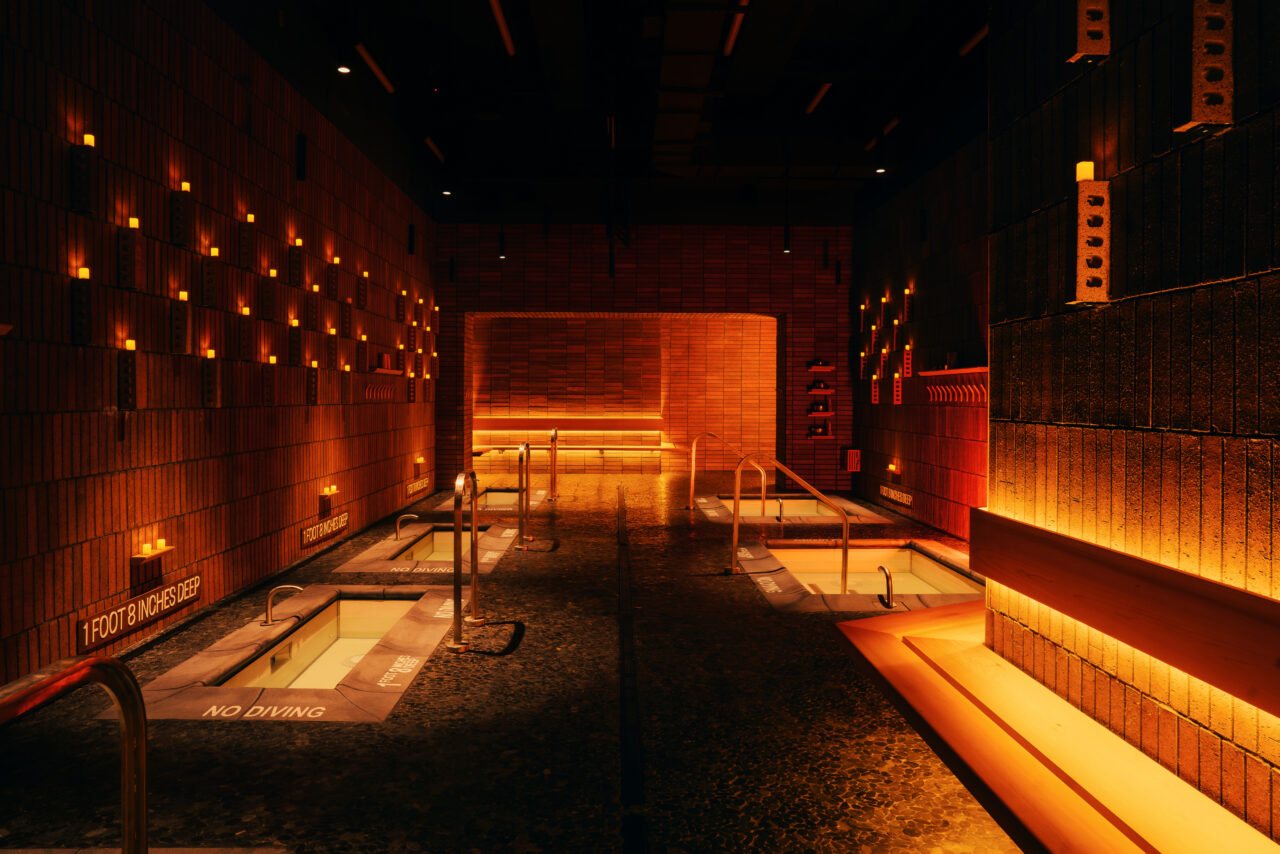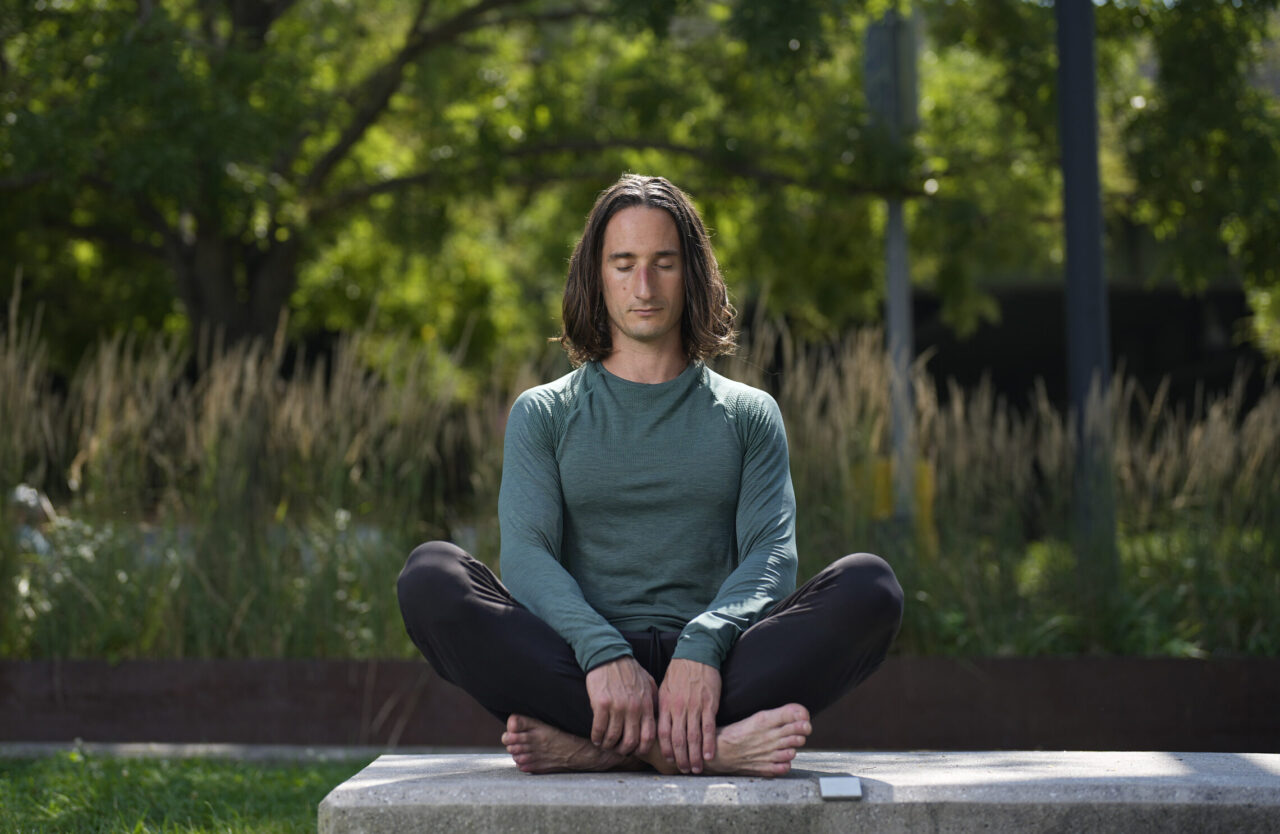I was interested to learn that Othership, a new hot and cold exposure therapy concept, was coming to NYC so I had to give it a go.
In addition to the saunas and ice baths, Othership classes include guided breathwork, aromatherapy, visualizations, towel-waving, and somatic release, which, according to them, was developed to help shift your state and regulate your emotions. This is exactly what my nervous system needed, which I plan to get into at some point in the future, but for now, more on Othership!
Cold exposure, ice baths, plunging, whatever you want to call it, has gotten incredibly popular the last several years, but what it’s always reminded me of has been riding waves in the winter and how miserable it can be, but how good it feels afterwards in a hard to explain kind of way. I’ve always felt there was something more to all of those winters in the ocean.
And on the opposite end of the spectrum, a super-hot sauna can also be very uncomfortable, but there’s definitely something therapeutic to gently stretching in a pool of your own sweat.
And as for breathwork, this is something I’ve been practicing for the last few years which has been huge for helping to calm down anxiety and racing thoughts. But, I’ve always found it extra helpful to have a guide lead me through the exercises.
Long story short, the health benefits of all the practices and services at Othership are solid, but the sober curious community component is a great added touch. The overall vibe I was getting from everyone there was really nice and I felt everyone was excited to take in the entire experience. And as someone that hasn’t drank alcohol in over 10 years, and doesn’t go out too much, it’s nice to know there’s a place to meet people in a health-focused environment besides a gym.
For me, I don’t have the space or place for an ice bath and or a sauna, so going somewhere for it once or twice a week is very appealing. And having the option to have it guided, so when I don’t want to take a plunge in the cold, there’s someone there to gently nudge me in is a game changer.
My thoughts going into the class were: I like cold therapy, heat therapy, and breathwork. It will be very therapeutic to my body and my mind. And, it will force me out of the house after 6PM.
The facility is phone-free so I didn’t capture video, which I didn’t want to do anyway. (Burnout!) So, you’ll just have to continue to read my words instead.

Here’s what it was like inside Othership’s new Flatiron location for their 75-minute Guided Nervous System Reset class.
We were greeted at the check-in and given two towels, one to dry off and one to sit on in the sauna to maintain the integrity of the wood.
After changing, we all met in the lounge. There, our two guides greeted us and explained the structure of the class and what to expect.
It started with 20 minutes in the sauna where we practiced a series of different breathwork techniques to stimulate the nervous system. I was surprised at just how large the sauna was, in fact, I think it may be one of the largest in the US.
They released different essential oils into the sauna via snowballs and would wave towels through to circulate the oils and hot air. I didn’t expect that getting hit with a wave of hot air every so often would be something I’d enjoy, but I did.
After completing the breathwork in the sauna, which was actually quite intense, it was time to transition to the cold. We all rinsed off in the showers and headed for the ice baths.
Here we were instructed to immediately get into the bath up to our necks while breathing quickly, in and out, then progressively slow down the breathing after a 10 or so seconds.
A few interesting points here:
- It’s much better to get in right away instead of slowly so you’ve got to just commit!
- When you practice the breathing technique the guides share it works like a charm.
- Getting in up to your neck is so that you truly stimulate your vagus nerve — a giant, complex nerve that carries sensory and motor signals through the body.
After about 90 seconds in the cold, we slowly came out and sat in silence for a few minutes. Believe it or not, it was insanely relaxing. I could have sat there for 4 hours and not moved.
From there we were led back into the sauna for another 10 minutes or so for more breathwork. In this short session we did something called progressive muscle relaxation (PMR) which is essentially a relaxation technique where you tense up specific parts of the body with your inhales, then release them on your exhales. I’ve personally found this technique to be very relaxing. Even though we targeted specific areas, by the end I felt way less tense throughout my entire body.
Overall, the experience at Othership was excellent. The facility is beautiful, the guides did a great job, and the techniques and practices are not only anecdotally beneficially, but the science seems to back it all up too.
I highly recommend everyone give this type of class a try. It’s going to be a bit uncomfortable at times, but that’s the power of it because eventually that discomfort will give way to a calm in the body and mind that I don’t think many people are aware of. It’s 100% worth it. I’m even considering the idea of rallying together some small groups to experience it again. And, if you don’t want to take a class, or go with a group, they also offer “free flow” passes where you can go and do your own thing.
For more about Othership, or to book a class, check out their site at othership.us.


